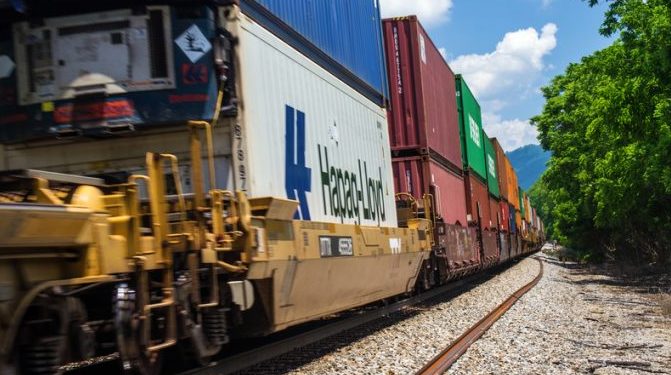US shippers and importers that rely on rail are bracing themselves for a long struggle through a period of congestion and delays. However, some have lost patience and shifted traffic to truck.
The Los Angeles-Long Beach port complex has become synonymous with congestion for months, and problems are expected to continue at least into June, with imports projected to remain at elevated levels.
Meanwhile, other parts of the country are also struggling with delays:
- Chicago – Congestion on the rail network in the Chicago area has led to several intermodal rail yards being clogged up as a result of a combination of factors. The Intermodal Association of North America registered a 13.6% increase in 40ft intermodal units moving out of the north-east and Midwest for January and February, while nationwide intermodal volumes were up 9.3%. At the same time, increased volumes of containers continued to pour into Chicago from Pacific ports, adding to the congestion at rail yards.
- New York/New Jersey – In February, the terminals in New York and New Jersey were closed for five days because of weather conditions. Due to this, Norfolk Southern is still working through the backlogs. Additionally, import volumes through east coast ports have climbed, partly because importers shifted traffic from Asia there to avoid the delays on the west coast.
- Memphis – Last month, Memphis emerged as a bottleneck for exporters from the south sending their cargo to the ports of Charleston and Savannah, as both Class I rail carriers serving the area decided to limit the number of containers on trains out of Memphis in response to elevated import levels that have made it more challenging for them to balance import and export containers at intermodal terminals to reduce congestion.
- Los Angeles/Long Beach – A shortage of railcars is now adding to the delays at the port complex. Railcar turn times have doubled to about 10 days. According to the Pacific Merchant Shipping Association, a body of shipping lines and terminal operators, the average dwell time of rail containers continued to increase in February.
Experts say that an easing of volumes is not in sight. The National Retail Federation is just one industry that has projected increased volume this year of between 6.5% and 8.2%, and has predicted record volumes at least into June.
Source: The Loadstar


